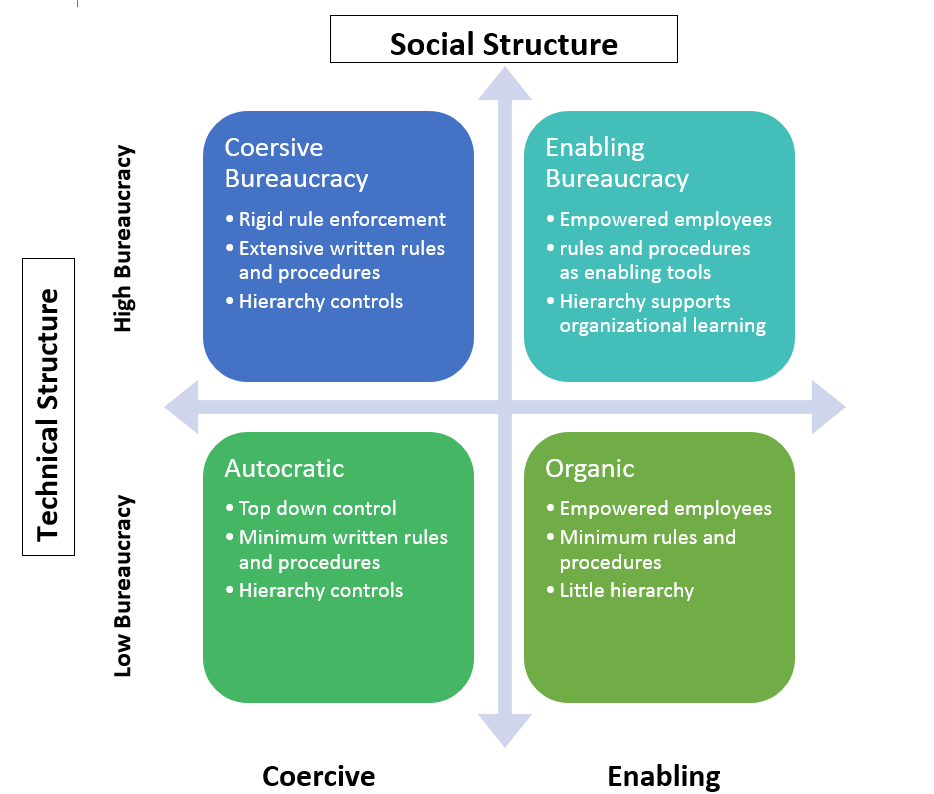Oftentimes, we see organizations struggle to sustain improvements in key areas of performance. Despite frequent training and supervision of staff, outcomes are difficult to obtain and continue over time, whether related to census and occupancy or incident investigation and prevention. The challenging piece is that staff almost always want to do good work, but, unfortunately, systems and processes get in the way. Lean is really about a systematized way of applying a philosophy and a set of tools to overcome barriers and produce lasting results. Here are four keys:
1) Go to the floor. (In Lean terms, we call this “the gemba,” or the place where work happens.)
You can’t solve problems by sitting in an office or a conference room. Yet, stubbornly, many quality improvement discussions occur in these places isolated from where the work actually occurs. Instead of falling into this common trap, go to the site of the issue. Be respectful of the workplace– don’t interrupt staff during busy times and let them know clearly why you are there. Use their wisdom to learn about the true nature of the work and to uncover both visible and buried barriers to the work.
2) Look across departments and focus on the resident experience (the “value stream”).
Most issues are rarely isolated to one department. Instead, we need to reach across department lines, gather diverse interdisciplinary teams, and look at challenges from the resident’s perspective. Look for ways to simplify processes, reduce barriers and deliver the right service to the right resident at the right time.
Process mapping, value stream mapping, critical to quality trees, and voice of the customer assessments are all helpful tools during this phase.
3) Find the root cause of problems and enact countermeasures.
Use the five whys, A3 problem solving, and other interactive methods to drill down to the root causes of issues. Too often, providers try to solve surface issues or apply band-aids, which wastes both staff efforts and morale. Sometimes, “solutions” even serve to further hide problems, which leads to less value for residents. Resist the urge to come to simple conclusions.
When you do identify root causes, brainstorm countermeasures and then test them. Follow up after 30, 60 and 90 days. If the countermeasures fail, be sure to acknowledge the failure with staff and return to the problem solving process. Don’t blame staff for failures! If a countermeasure wasn’t implemented completely, analyze why and adjust the countermeasure as needed. Remember, most staff want to do good work!
4) Sustain results through standardized work.
Once you identify countermeasures, be sure that standardized work is created, staff are well trained, and there is clear and visible documentation. It shouldn’t be difficult for staff to find answers to common questions, and new staff shouldn’t be “thrown to the wolves” when they arrive on the floor. All too often, providers rely on decades-old policies and procedures (and update P&Ps constantly but fail to match them to actual work) and wonder why staff aren’t able to follow through.
Remember, standardized work is the current best practice for accomplishing work. When you know better, do better– but make sure you update the standardized work and ensure that staff are knowledgeable and trained!


